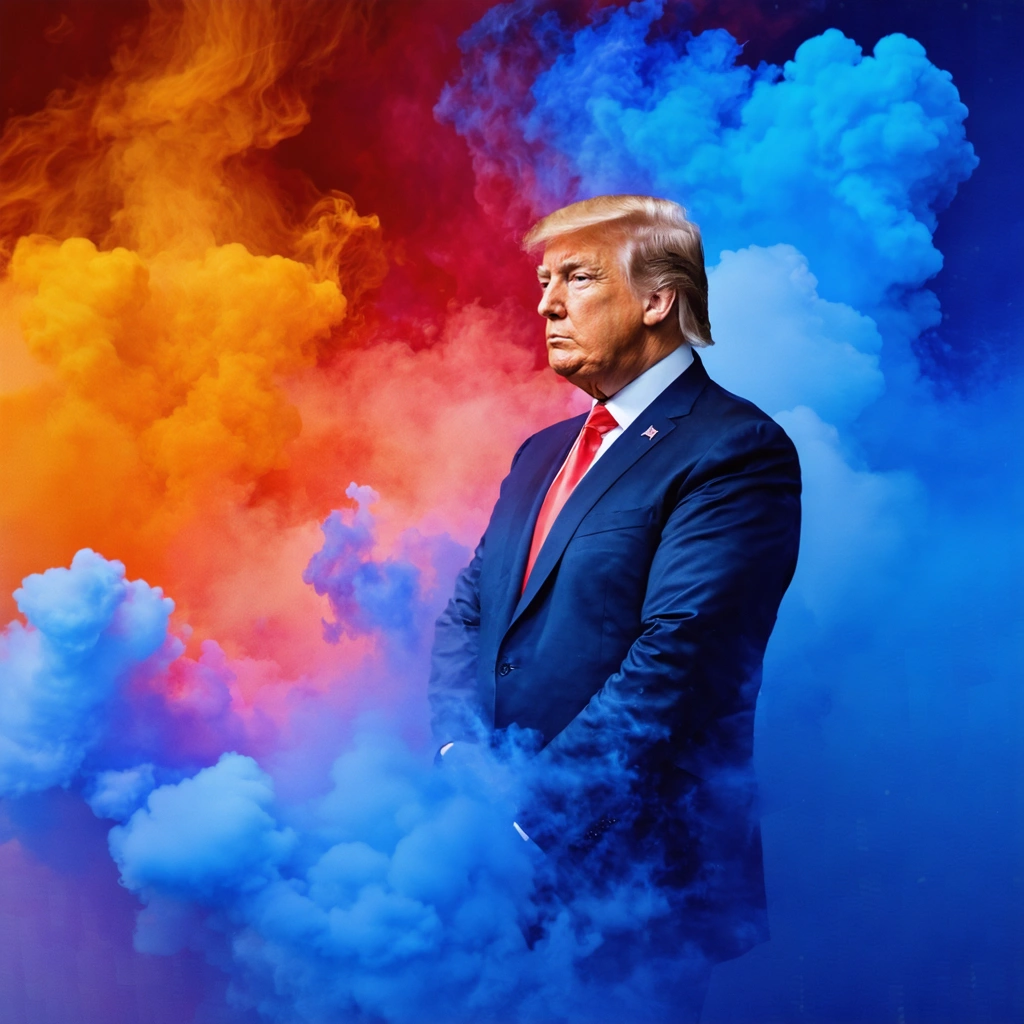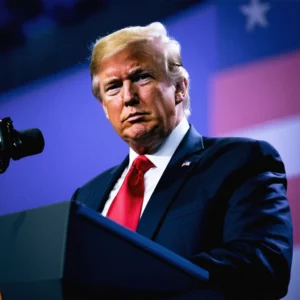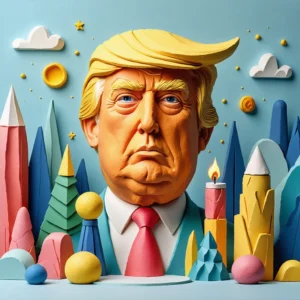
Introduction
In early announcements, President Donald Trump introduced a sweeping 10% universal tariff policy. Consequently, news outlets and analysts scrutinized the measure with intense debate and varying perspectives. For instance, The Washington Post warned about the potential for slowing economic growth and rising unemployment. Moreover, The Wall Street Journal cited early signals of recession, highlighting bond market selloffs and a weakening U.S. dollar. Meanwhile, influential readers of the New York Post supported the tariffs, arguing that the initiative shields domestic industries and fosters job creation.
Economic Outlook and Data Analysis
Subsequently, economists began to assess both short-term disruptions and long-term benefits. Analysts noted that tariff changes often spark volatility in international markets. In addition, several key factors emerged:
- Domestic production shifts
- Fluctuations in currency strength
- Investor sentiment reversals
Thus, early data indicates that the new tariffs may introduce a delicate balance. Notably, the interplay between protective measures and free-market dynamics continues to challenge economic forecasts.
Key Indicators and Trends
Political leaders and market strategists provided numbered insights, which include:
- Reduced trade deficits coinciding with domestic growth targets.
- Heightened market uncertainty during policy transitions.
- Potential shifts in global supply chains influenced by tariff adjustments.
Furthermore, a detailed table summarizes critical aspects:
| Aspect | Observation | Outlook |
|---|---|---|
| Market Volatility | Increased fluctuations in key indices | Short-term instability expected |
| Currency Strength | Gradual weakening since policy onset | Potential rebound with policy adjustments |
| Employment Rates | Mixed signals across sectors | Long-term job creation in protected industries |
Overall, analysts remain divided while monitoring the unfolding economic drama.
Political Debate and National Discourse
Interestingly, political discourse surrounding the tariffs has sparked fierce debates. Some policymakers celebrate the move as a return to protecting American industry. Conversely, critics denounce the tariffs as short-sighted policies that risk longer-term economic harm. Moreover, commentators juxtapose historical examples with current economic indicators. Therefore, many observe that this policy might serve as a catalyst for broader trade negotiations. Additionally, various stakeholders, including small business owners and large multinational corporations, express contrasting viewpoints. As events progress, discussions in congressional hearings and policy roundtables intensify, which further deepens national polarization.
Domestic Reactions and Social Impacts
Subsequently, domestic reactions fall into several categories. First, industrial advocates assert that tariffs encourage local manufacturing. Second, many economists argue that imposing tariffs can trigger retaliatory measures by trade partners. Third, policy analysts believe that the temporary pain may lead to eventual gains if industry adapts appropriately. In tandem, consumer groups remain concerned about potential price hikes. Importantly, peer reviews and independent studies circulate online, reflecting a spectrum of thought that continues to evolve rapidly.
Historical Context and Global Implications
Historically, trade policies have oscillated between openness and protectionism. In contrast, President Trump’s tariff implementation echoes previous episodes of aggressive economic intervention. Therefore, international markets experience ripple effects, which not only influence the U.S. economy but also extend to partners worldwide. For example, emerging markets report subtle shifts in commodity prices while developed economies adjust their fiscal blueprints. Consequently, analysts draw parallels with past economic cycles that transformed global trade patterns. In addition, multilateral organizations voice reservations, urging diplomatic dialogues and balanced negotiations.
Long-Term Projections
Looking forward, experts forecast an evolving landscape shaped by policy shifts and market adaptation. More specifically, potential outcomes include:
- A gradual stabilization of trade imbalances.
- Innovative strategies from domestic companies in research and development.
- An eventual recalibration of international relations and economic alliances.
Moreover, anticipated changes might lead to subsequent revisions of fiscal strategies and revisions in central bank policies. Notably, many transitional elements indicate that while initial impacts appear disruptive, resilience could foster recovery. Overall, political and economic spheres remain intertwined as stakeholders reinterpret the new paradigm.
Conclusion and Future Outlook
In summary, the debate surrounding President Trump’s 10% universal tariff policy transcends mere economic numbers. Instead, it reflects the broader struggle between protecting national interests and maintaining global competitiveness. As the narrative unfolds, policymakers, economists, and industry leaders continue to refine their strategies based on real-time developments. Furthermore, media reports circulate with continuous updates that both inform and divide public opinion. Ultimately, the interplay of protective measures and free-market forces crafts a complex narrative that scholars and practitioners study intently. Hence, while the debate endures, proactive dialogue and adaptive policymaking emerge as essential ingredients for future success.




